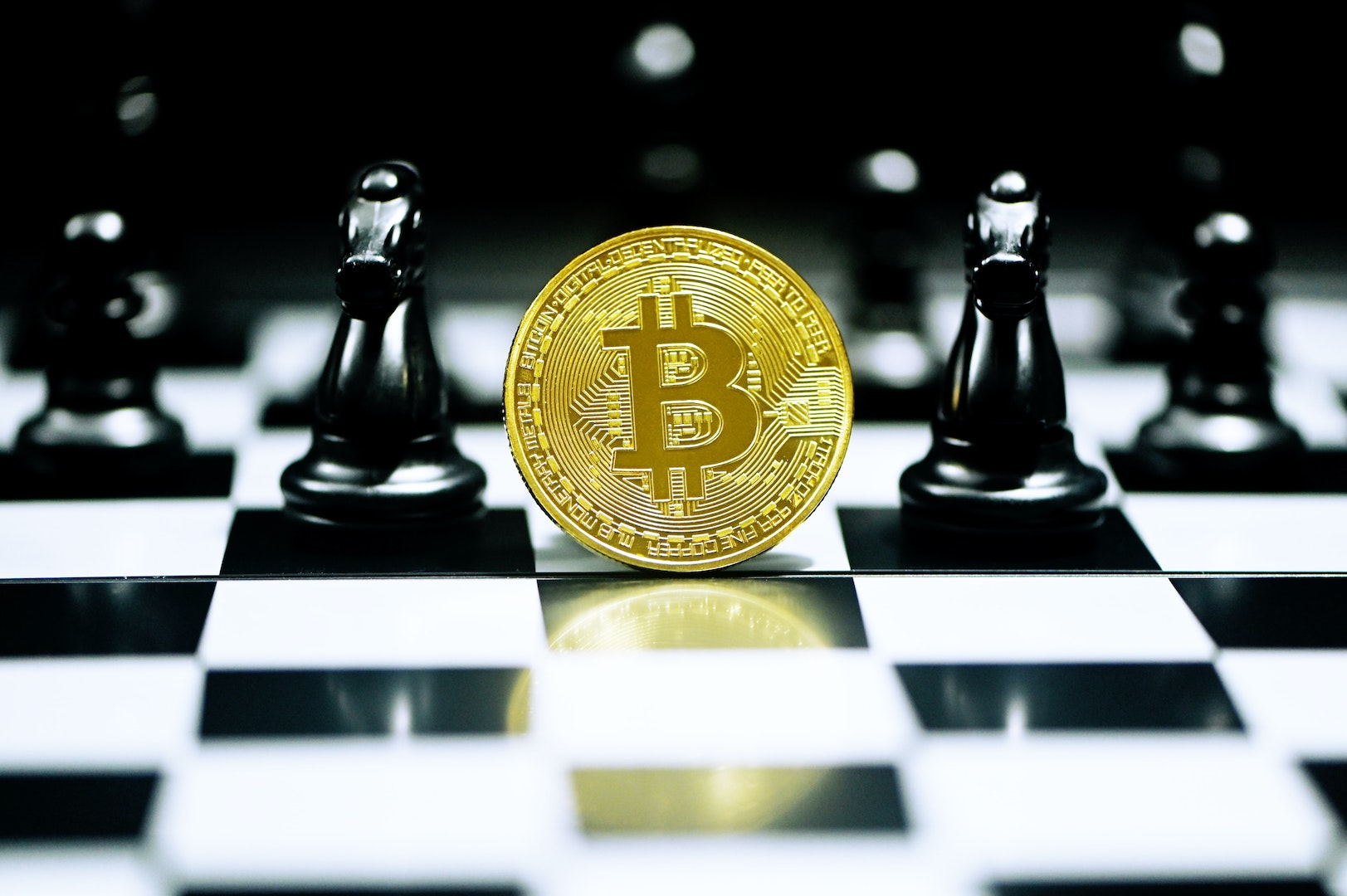674Views

Crypto Investing: Understanding Liquidity Pools
It is the goal of decentralized finance (defi) is to decentralize the traditional financial services such as lending, borrowing, & exchanges from their central locations. Since then, Defi protocols have grown in popularity tremendously, particularly in the last several years.
In an interesting twist, a significant portion of the rise in Defi is attributable to the decentralization of liquidity via the use of global liquidity pools. Liquidity pools are the fundamental technology that underpins the present Defi ecosystem. In 2021, the total amount of money locked up in Defi liquidity pools was $108.48 billion.
What exactly is meant by the term “liquidity“?
‘Liquidity’ is a concept used in cryptocurrency to describe how simple it is to exchange one asset for the other and to convert any crypto-asset into fiat currency. It is essential for all Defi transactions, including token swaps, lending, and borrowing, to have a high level of liquidity.
Low liquidity levels for single tokens cause volatility, which results in significant variations in the swap rates for that cryptocurrency. On the other hand, greater liquidity implies that large price movements for a coin are much less likely to take place.
Now, Let’s take a closer look at these liquidity ponds, shall we?
What is a liquidity Pool?
The liquidity pool is essentially a crypto reserve that is protected by a smart contract & utilized for cryptocurrency trades. Since each liquidity pool is made up of two tokens, liquidity pools also are referred to as pairs.
Unsurprisingly, decentralized exchanges running on the automated market maker (AMM) architecture are one of the most prominent applications for liquidity pools. Instead of trading crypto with other users on AMM-based DEXes, participants trade crypto using smart contracts, which are calculated using mathematical formulae. This is in contrast to typical order-book exchanges.
The first protocol to use liquidity pools, Defi, Bancor, sparked a rising interest in the notion. However, Uniswap helped popularise the liquidity pool idea. SushiSwap is a noteworthy Ethereum exchange that uses liquidity pools. They use ERC-20 tokens. Other liquidity pools featuring BEP-20 coins include BurgerSwap, Binance Smart Chain, BakerySwap, & PancakeSwap.
How do they work?
As stated before, each liquidity pool contains two tokens and generates a new marketplace for that pair of tokens. DAI/ETH is a famous liquidity pool at Uniswap. Taking this example further to explain the liquidity pool working.
When a new pool is formed, the very first liquidity provider sets the pool’s starting price. That liquidity provider is rewarded for supplying both tokens towards the pool. If the pool’s starting token price is different from the current world market price, the liquidity provider will be at risk of losing cash.
This principle of providing tokens in the proper ratio applies to any other liquidity providers who want to contribute cash afterward. When supplying liquidity to a pool, the LP(liquidity provider) gets LP tokens in proportion to the number of liquidity delivered.
When the pool facilitates a transaction, a 0.3 percent fee is shared among all LP token holders. To recover their underlying liquidity and any fees, the liquidity provider must burn their LP tokens. Every token swap that perhaps a liquidity pool allows results in a price change. This method is termed an automated market maker (AMM), and each protocol’s liquidity pool has its algorithm.
Why are they considerable?
Market liquidity is significant for a variety of reasons, the most important of which is that it influences how fast you may open/close positions. This is important for all marketable assets, including cryptocurrency. A liquid pool is often linked with lower risk since there is always someone prepared to take the opposing side of a particular position. Because of the increased number of market participants, it is, therefore, simpler to purchase or sell crypto in a liquid market.
Provider of liquidity pools:
Listed below is a ranking of the best liquidity pools for the year 2022:
Uniswap:
Decentralized ERC-20 token exchange Uniswap supports 50% Ethereum & 50% ERC-20 token agreements. It enables you to swap Ethereum for any of the other ERC-20 token decentralized. There are no expenses to create a new market pair or a new liquidity pool. Swappers pay a 0.3% exchange fee to the platform, which is split across liquidity providers. You could browse the token list and create new ones t this platform. Just like other liquidity pools, you offer liquidity by depositing cryptocurrency for Uniswap tokens.
Curve Finance:
The curve is an Ethereum-based decentralized liquidity pool supporting stablecoin trading. Customers benefit from less slippage, in a similar way to Convexity, since a stable coin is just less volatile. The platform does not yet have a native token; but, a Curve token may be introduced in the future (CRV token). There seem to be seven pools upon this platform, each has an ERC-20 pool pair. This exchange allows for trading between the following pools for stable coins & assets: Compound, PAX, BUSD, Ren.
Bancor:
Bancor is an Ethereum Blockchain platform that uses pooled liquidity. It ensures liquidity and correct pricing by keeping a steady ratio vis-à-vis linked tokens like ETH and adjusting their supply. Its liquidity pool is called Bancor Relay. As a consequence, liquidity pooling between BNT, Ethereum, and EOS coins is enabled (USDB). Unlike Uniswap, which charges a set rate, Bancor charges around 0.1 & 0.5 percent.
Convexity Protocol:
Decentralized liquidity pools are managed by Convexity. It provides a universal basis for tokens, which are ERC-20 tokenized information associated that are fungible with one another. Tokenized option contracts could be created by users, who can then sell them to others in the form of coins. In contrast, since it is a novel concept, it is limited in its use. Another of the platform’s standout features is its ability to provide liquidity insurance. Thus, new traders & liquidity providers might feel more confident in their investments.
Balancer:
A non-custodial managing partner, liquidity source, and price sensor built on Ethereum. Anyone could create pools & earn transaction fees by adding or removing liquidity. A Balancer pooling system is flexible and supports private, shared, as well as smart pools. Only the owner could offer liquidity, tweak settings, and modify the private pool. A mechanism developed in March 2020 issued a new governance token known as BAL to liquidity providers through Liquidity mining.
Deversifi:
DeversiFi is a non-custodial, decentralized exchange with quite a higher transfer per second rate. Utilizing StarkWar’s layer 2 scalability engine, it can attain up to 9,000 TPS (Transactions Per Second). Due to its rapid speed, it offers pooled liquidity pooling as well as a near-zero fee. Funds could be transferred between private & public cryptocurrency wallets using the DeversiFi protocol, which is used by the native’s DeversiFi STARKEX- smart contract. Traders take advantage of the contract to conduct off-chain transactions while maintaining an on-chain balance. The actions are carried out with the help of the protocol’s primary token, NEC.
KeeperDAO:
It is a distributed ledger technology (DLT) system based on Ethereum. It’s best defined as a Defi underwriter that operates on the chain. By providing financial incentives for participation, the protocol can manage liquidation and rebalancing applications across a wide range of domains such as margin trading, loans, and exchanges. When you deposit into the KeeperDAO liquidity pool, a 0.64 percent fee is charged, which is taken from the asset you give. KeeperDAO provides five liquidity pools for farming ROOK tokens: ETH, WETH, USDC, and DAI. Its Keepers take advantage of the liquidity provided by these pools to provide Flash Loans to their customers.
How to maximize your investments with liquidity pools?
To maximize liquidity pool investments, AMMs must encourage users to deposit tokens. In this case, yield farming (also known as liquidity mining) is used. Users earn tokens by supplying liquidity to AMMs’ pools to allow token swaps. This is similar to placing fiat money into a bank savings account and earning interest.
Liquidity providers (LP) deposit their coins into pools and are rewarded with LP fees or LP incentives. LPs must deposit the same amount of both tokens. Also, companies that want to promote their currencies may provide tokens to liquidity providers for specialized pools. Plus the regular LP payouts, those additional tokens might significantly raise a liquidity provider’s overall annual compensation.
An individual’s return from a liquidity pool depends on the protocol, pool, coins invested, and market circumstances. Some pools provide big payouts, but also more volatility and danger.
To maximize profits from their investments, investors should keep the following guidelines in mind before making a decision.
The volume of Trade:
The greater the number of other individuals who deal with you, the greater the number of fees you will receive. Purchase a token in a market where you believe the amount of trade will expand. When compared to the volume of several other tokens, GET has seen a sudden increase in its activity. Examine the pool’s volumetric history over time.
Range:
The narrower the range, the more money you earn. Because your trading share for each price level will be increased. Moving onto v3 from v2 also increases overall volume.
Fee:
Before investing, check the platform’s charge. Uniswap v3 provides consumers with three cost options. 0.05, 0.30, or 1% Many pairings have just one of three fee levels. You can make more but that’s a $1000+ procedure. We advise avoiding making your own.
Investing with a high level of skill:
You may enhance your chances of maximizing your return by adjusting each of the factors listed above. Having a thorough understanding of the liquidity pool may assist you in obtaining the most possible return on your investment.
Uses of Liquidity Pools:
Taking use of the capabilities provided by liquidity pools can be done in a variety of ways. The following are some of the most effective applications of liquidity pools:
Yield Farming:
Users finance liquidity pools, that are subsequently utilized to generate revenue via automated yield-generating services like yearn. Getting additional tokens into the hands of skilled individuals is critical for crypto ventures. Liquidity mining has proven to be quite lucrative. Liquidity mining is just a subcategory of yield farming, that includes locking cryptos in multiple blockchain protocols to produce passive revenue.
See our article “Understanding Yield farming” for more information.
Good Governance:
Another use case is governance. In rare cases, a large majority of symbolic votes may be necessary. Instead, players might rally behind a common goal crucial to the procedure if resources are pooled.
Producing synthetic assets:
Synthetic assets mostly on blockchain also employ liquidity pools. You could develop a synthetic coin by linking a liquidity pool to a trustworthy oracle.
Insurance industry:
Smart contract risks insurance is another possible Defi industry. Liquidity pools serve many of the Defi sector applications.
Conclusion:
Liquidity pools are among the most important technologies in the current Defi technology stack, and they have some applications. Among other things, they enable decentralized trading, financing, and yield generation. As of right now, smart contracts are powering nearly every part of Defi, and they are expected to continue to do this soon. Trading in liquidity pools is an effective way to earn money passively by investing in cryptocurrency exchanges. The very first stage is to select a stable platform as well as the finest pools to assure a consistent and secure revenue.


